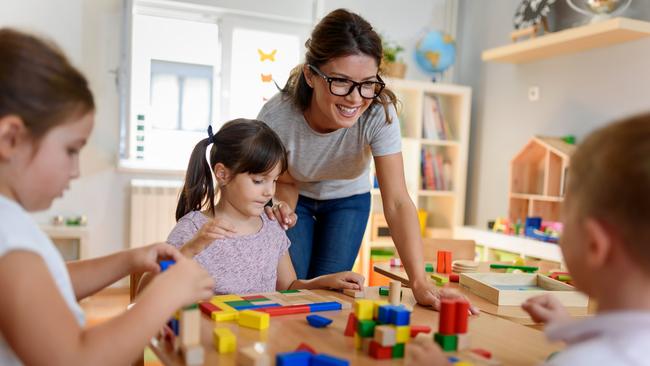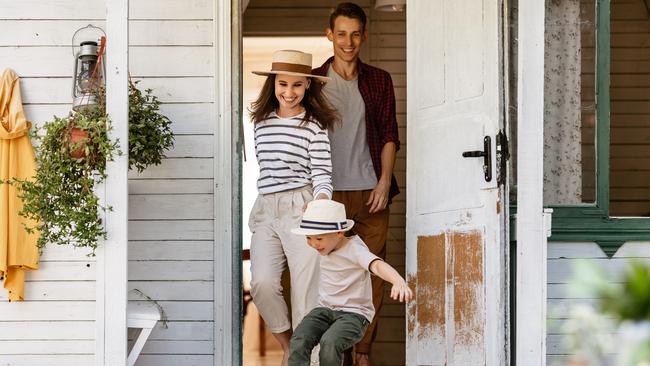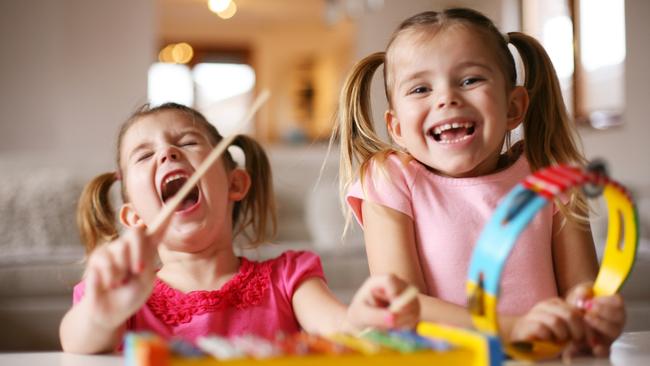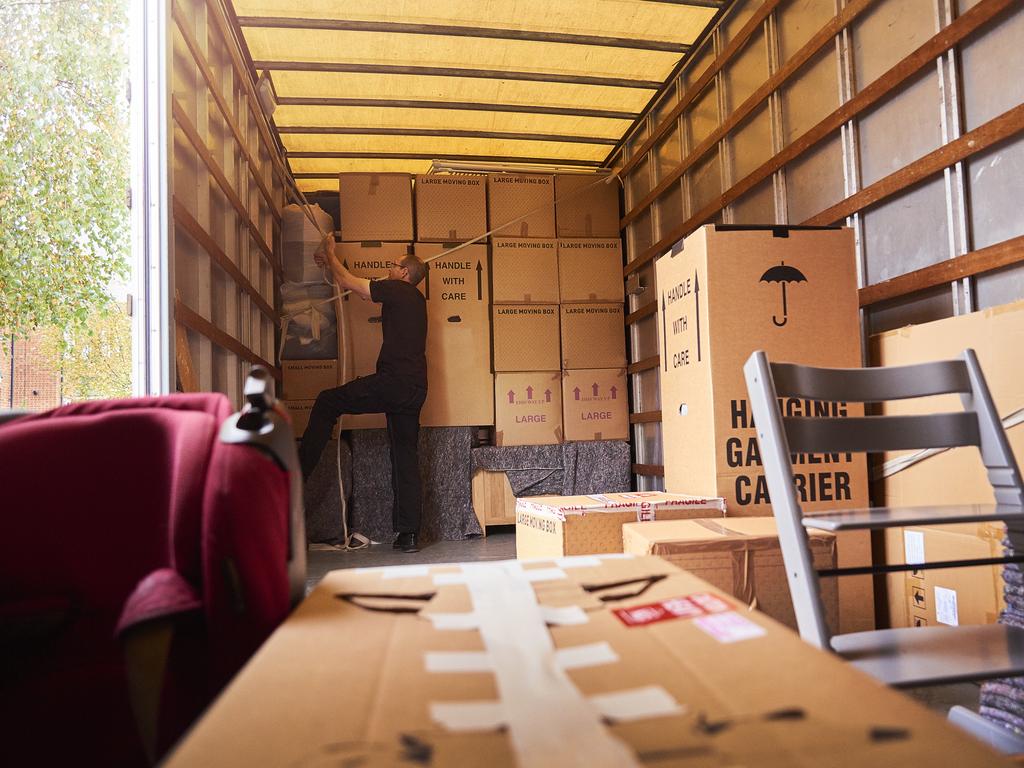Modern Australian family unit is evolving but its appetite for property is only growing
The modern Australian family unit is continuing to evolve but its appetite for property is only growing.

The Australian family structure is changing and evolving at large, data shows us that diversity in Australia begins at home and within our families.
Traditionally, Australian households were understood to be nuclear families. In the modern world, the archetypal family (mum, dad, kids) can no longer be viewed as the defining social norm. Families come in all shapes and forms now.
We live in a much more diverse social environment today. There are families with mum, dad, and kids, single parents with kids, intergenerational families, and blended families encompassing step-parents, stepchildren and step-siblings.
Following the amendments to the Marriage Act 1961, same-sex marriages are becoming more common, as it is for same-sex couples to have children or for families to embrace LGBTQI+ relationships. Nearly 25,000 same-sex marriages were counted in the 2021 census.
Over the last four decades, Australia has become a more multicultural society with an increasing proportion of population born overseas, making multicultural families more common.
According to the latest census data, about 53 per cent of families have at least one parent who was born overseas. This shows that it might be more common to find extended family living in multicultural households.
The 2021 census counted 10.8 million households across Australia. Family households accounted for 70.5 per cent of all families, single-person households accounted for 25.6 per cent of households and group households 3.9 per cent. Over the last two decades, the trends in household types have remained largely stable.
According to the 2021 census, there were approximately 6.5 million families. Compared to 2016, this figure increased by 11 per cent (635,000). During the same period, the population grew by about 9 per cent.
The growth in the number of families is proof that family remains a fundamental part of people’s lives, even with the traditional family structure no longer being a realistic social standard.

Among the family households, 45 per cent were couples with children. In total, there are just under 3 million families with 11.3 million people.
In the last five years, the number of couple families with children has increased by 8 per cent. In comparison with other types of families, they recorded the lowest growth rate. Fifty-five per cent of these families had children under the age of 15 and 45 per cent had children over the age of 15.
Among the 2.9 million couple families with children, 2.5 million (88 per cent) are intact families, meaning that both partners have at least one biological or adopted child. There are about 250,000 stepfamilies (8 per cent) that include couples with a stepchild but not both partners’ natural or adopted children. The remaining 4 per cent (103,000 families) are blended families in which at least one child is the natural or adopted child of both parents and at least one stepchild of either parent.
The largest concentration of couple families with kids was observed in the outer suburbs. Melbourne’s Point Cook – South had the highest proportion of these families at 70 per cent. This is followed by Kellyville Ridge – The Ponds in Sydney at 69 per cent and Thorsby in Canberra at 66 per cent.
It is also interesting to note that the proportion of families with kids is higher in capital cities (61 per cent) compared to regional areas (52 per cent).
About one in six families are single parent families. For the first time in Australian history, there are more than a million single-parent families. In the last five years, the number of single parent families increased by 114,000, a 12 per cent increase. Families of this cohort are the second fastest growing group.
Almost 80 per cent of these families were headed by a single mother. Increasing divorce rates and cohabitation relationships that are less stable than marriages could be attributed for one parent families becoming more prevalent. The number of divorces rose from 1.6 million in 2016 to 1.8 million in 2021.
Single-parent families made up 13 per cent of all families in 1991. In 2006, this figure rose to 16 per cent and has remained same ever since.
At 45 per cent, Yarrabah in Queensland has the highest proportion of single-parent families, followed by Bridgewater – Gagebrook in Tasmania at 42 per cent, and Halls Creek in Western Australia at 38 per cent.
Couple-only families are the second most common type of family. Approximately 5 million people live in 2.4 million couple-only families. With an additional 289,000 families, couple-only families enjoyed the highest net growth compared to other family types over the past five years.

There are several types of couple-only families, including young couples with no children, older couples with children who have moved away from home and couples who never had children.
There has been a significant increase in the number of couple-only families from 31 per cent in 1991 to 38 per cent in 2021. The increase in the proportion of couple-only families can also be attributed to the rise in older age population.
Civic in Canberra has the highest proportion of couple-only families, accounting for 78 per cent of the total number of families. Potts Point – Woolloomooloo in Sydney follows with 75 per cent followed by Brisbane’s Fortitude Valley at 73 per cent and Melbourne CBD West at 71 per cent.
Families other than couple families or single-parent families are referred to as other families by the ABS. This includes siblings sharing a home, grandparents sharing a home or any family without a couple or single parent. According to the census, there are 109,000 such households, or about 2 per cent of all families. This number grew by 6300 families between the censuses.
There were 60,775 grandparent families in 2021, which is about 56 per cent of all other families.
From 60,639 grandparent families in 2016, this number increased by only 136 families.
Other families represent 1.7 per cent of all family types, which is unchanged since the previous census and only decreased by 0.2 per cent since 1991.
Melbourne CBD – West has the highest proportion of other family households at 13 per cent. This is followed by Chippendale in Sydney at and Tiwi Islands in Northern Territory at 7 per cent each.
As we grow and progress through life, we view family differently. It is not uncommon for housing preferences to be influenced by the family structure.
Families with children are more likely to live in larger homes, according to the census. About 86 per cent of families with kids live in a separate house.
In the five years to 2021, we added 225,000 of couple families with kids, which directly translates to new housing for these families. Considering that family types have remained stable over the last two decades, it is reasonable to assume that this trend will continue and people will continue to want bigger suburban homes.
While older couples may prefer to live in their family homes, younger couples might be interested in apartments and townhouses that are close to their universities and places of work. Single-person households and group households also prefer apartments and townhouses.
Considering our growing population, it is safe to assume that housing demand – both rental and purchases, for all property types – will increase over the next few years.
Hari Hara Priya Kannan is a data scientist at The Demographics Group




